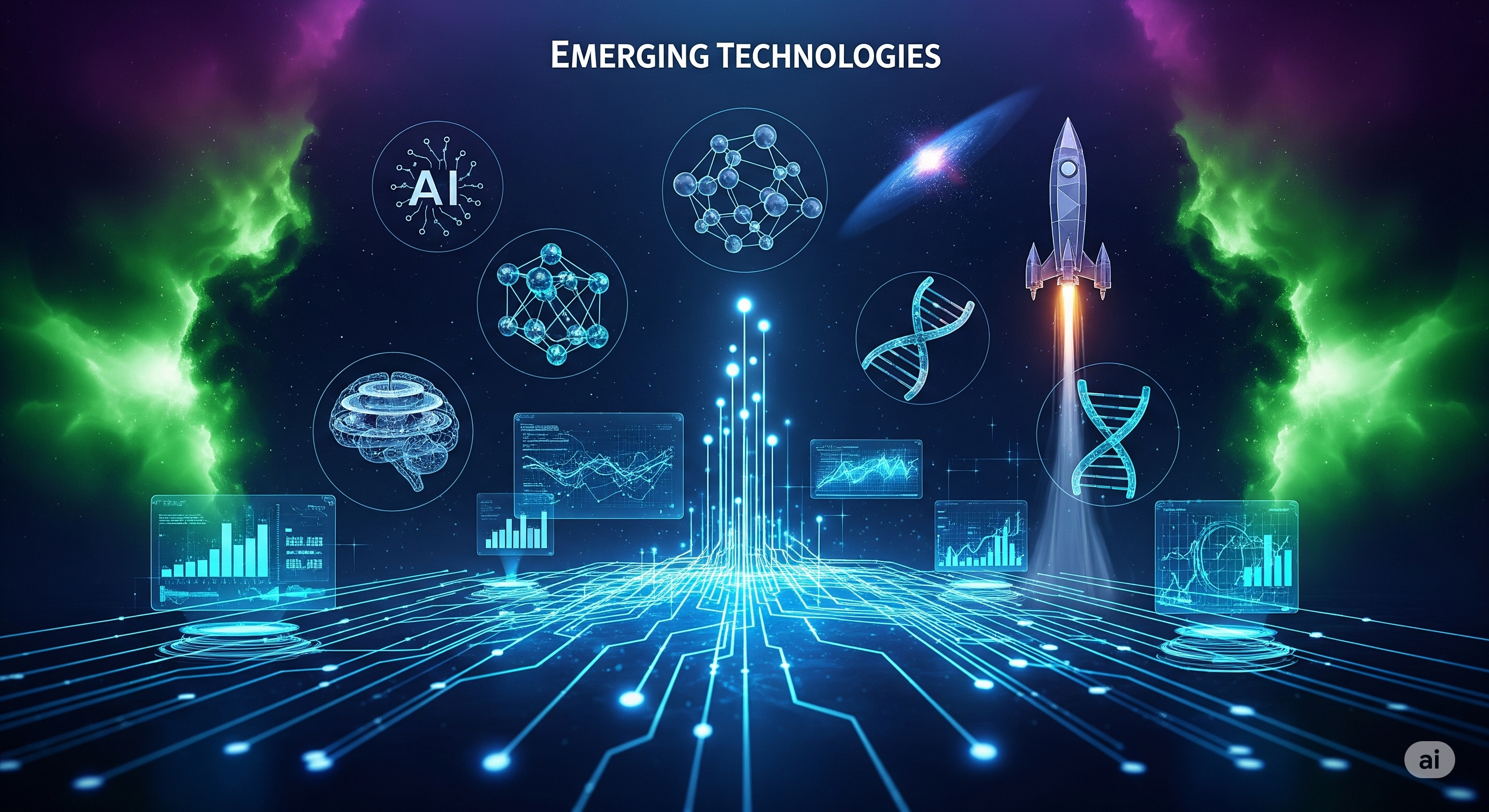The Serverless Surge: Scaling Without the Headache
One of the most significant shifts is the widespread adoption of serverless computing. For data engineers, this translates to less time spent managing infrastructure and more time focusing on building and deploying data pipelines. Instead of wrestling with server configurations and scaling issues, developers can focus on the code, letting the cloud provider handle the underlying infrastructure. This agility is a game-changer, enabling faster iteration cycles and reduced operational overhead. Services like AWS Lambda, Azure Functions, and Google Cloud Functions are becoming increasingly popular choices for building scalable and cost-effective data processing systems.
Serverless Benefits for Data Engineering:
* Cost Efficiency: Pay only for the compute time you consume, eliminating the costs associated with idle servers.
* Scalability: Automatically scale your data pipelines based on demand, handling massive data volumes without manual intervention.
* Reduced Operational Overhead: Spend less time managing infrastructure and more time on development and innovation.
* Faster Deployment Cycles: Quickly iterate and deploy new features and improvements, accelerating time to market.
LLMs: Data Engineering's New Best Friend (and Potential Rival)?
Large Language Models, initially known for their prowess in natural language processing, are rapidly expanding their influence into the data engineering domain. These powerful models can automate various tasks, including data cleaning, feature engineering, and even code generation. Imagine an LLM automatically identifying and correcting inconsistencies in your data, or generating efficient SQL queries based on natural language descriptions. The potential for increased productivity and reduced human error is immense.
How LLMs are Transforming Data Engineering:
* Automated Data Cleaning: LLMs can identify and correct errors in messy data sets, significantly reducing the time and effort required for data preparation.
* Intelligent Feature Engineering: LLMs can assist in creating new features from existing data, potentially leading to improved model accuracy.
* Code Generation and Optimization: LLMs can generate and optimize code for data pipelines, reducing development time and improving efficiency.
* Improved Data Discovery and Understanding: LLMs can help data engineers better understand the structure and content of their data, leading to more informed decisions.
However, it's crucial to acknowledge the challenges. Integrating LLMs into existing workflows requires careful planning and consideration of data privacy and security. Furthermore, the accuracy and reliability of LLM-generated code and insights need to be carefully validated.
Data Observability: Gaining Control in a Complex World
As data pipelines become increasingly complex, the need for effective monitoring and observability becomes paramount. Data observability goes beyond simple monitoring; it involves proactively identifying and addressing issues before they impact downstream systems. This requires comprehensive tools that provide insights into data quality, pipeline performance, and overall data health. This holistic approach enables data engineers to pinpoint and resolve problems swiftly, minimizing downtime and ensuring data reliability.
Key Aspects of Data Observability:
* Data Quality Monitoring: Track data quality metrics to ensure data accuracy and completeness.
* Pipeline Performance Monitoring: Identify bottlenecks and optimize pipeline performance for efficiency.
* Alerting and Anomaly Detection: Receive timely alerts about potential issues and proactively address anomalies.
* Root Cause Analysis: Identify the root cause of data issues to prevent future occurrences.
The Future of Data Engineering: A Collaborative Landscape
The future of data engineering is not just about adopting new technologies; it's about embracing collaboration and a holistic approach to data management. Data engineers, data scientists, and other stakeholders need to work together to build robust, scalable, and reliable data systems. This requires effective communication, shared responsibility, and a commitment to data-driven decision-making. The convergence of serverless, LLMs, and data observability is setting the stage for a more efficient, intelligent, and collaborative data landscape.
The journey ahead is exciting but demands continuous learning and adaptation. What are your thoughts on these emerging trends? Share your experiences and predictions for the future of data engineering in the comments below! Let's discuss the challenges and opportunities that lie ahead and shape the future of this dynamic field together. Don't forget to share this article with your network to spread the word!

